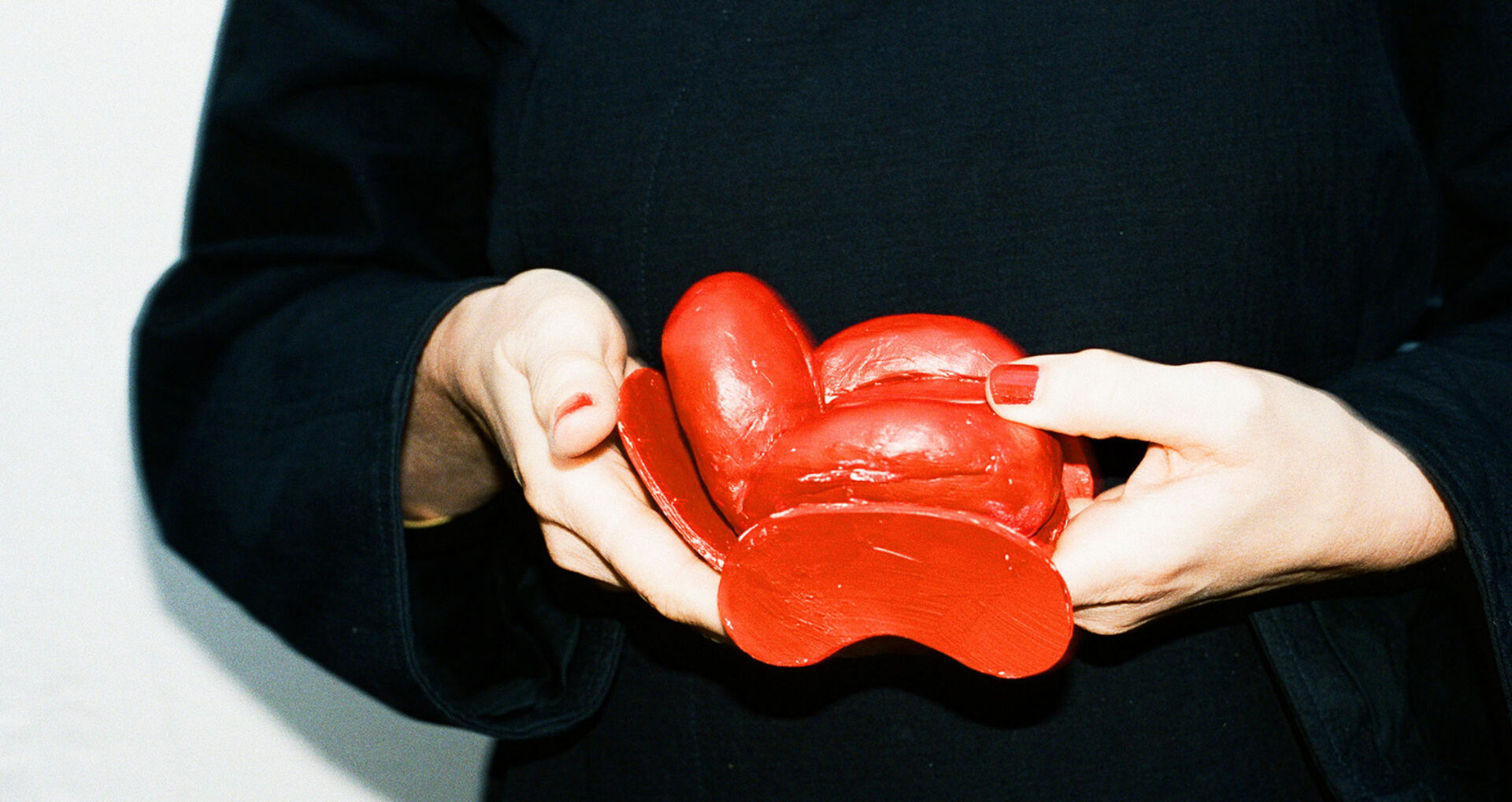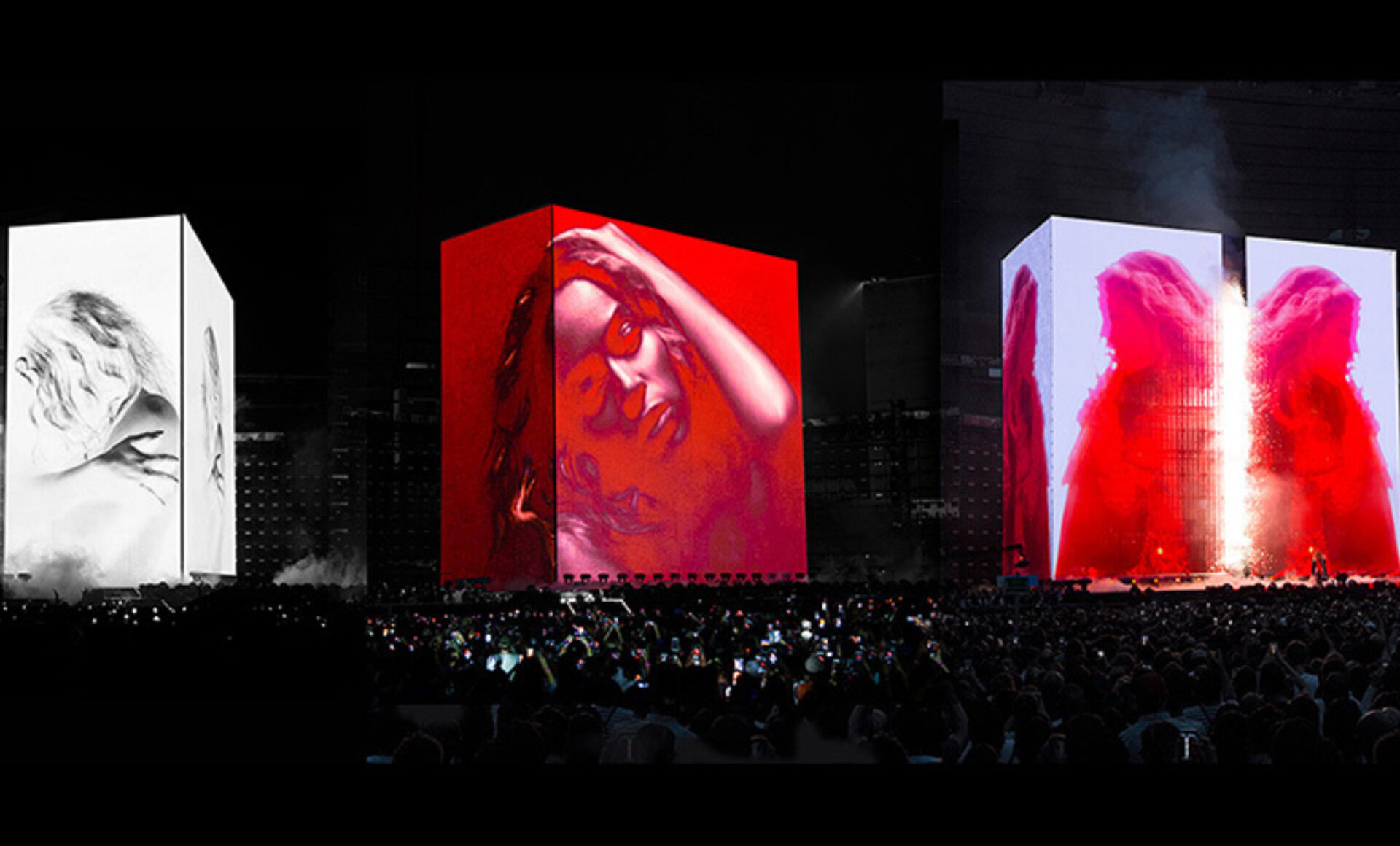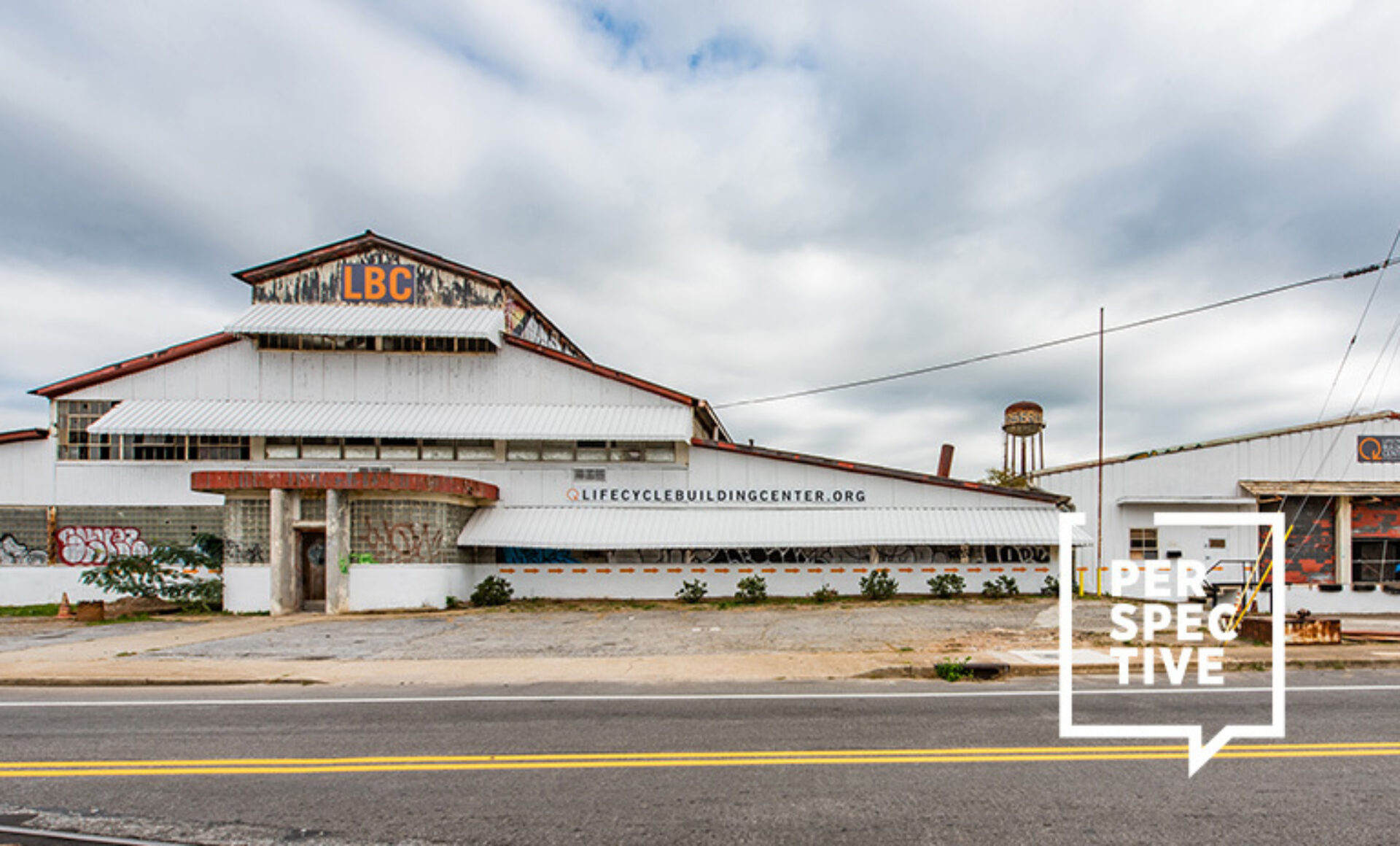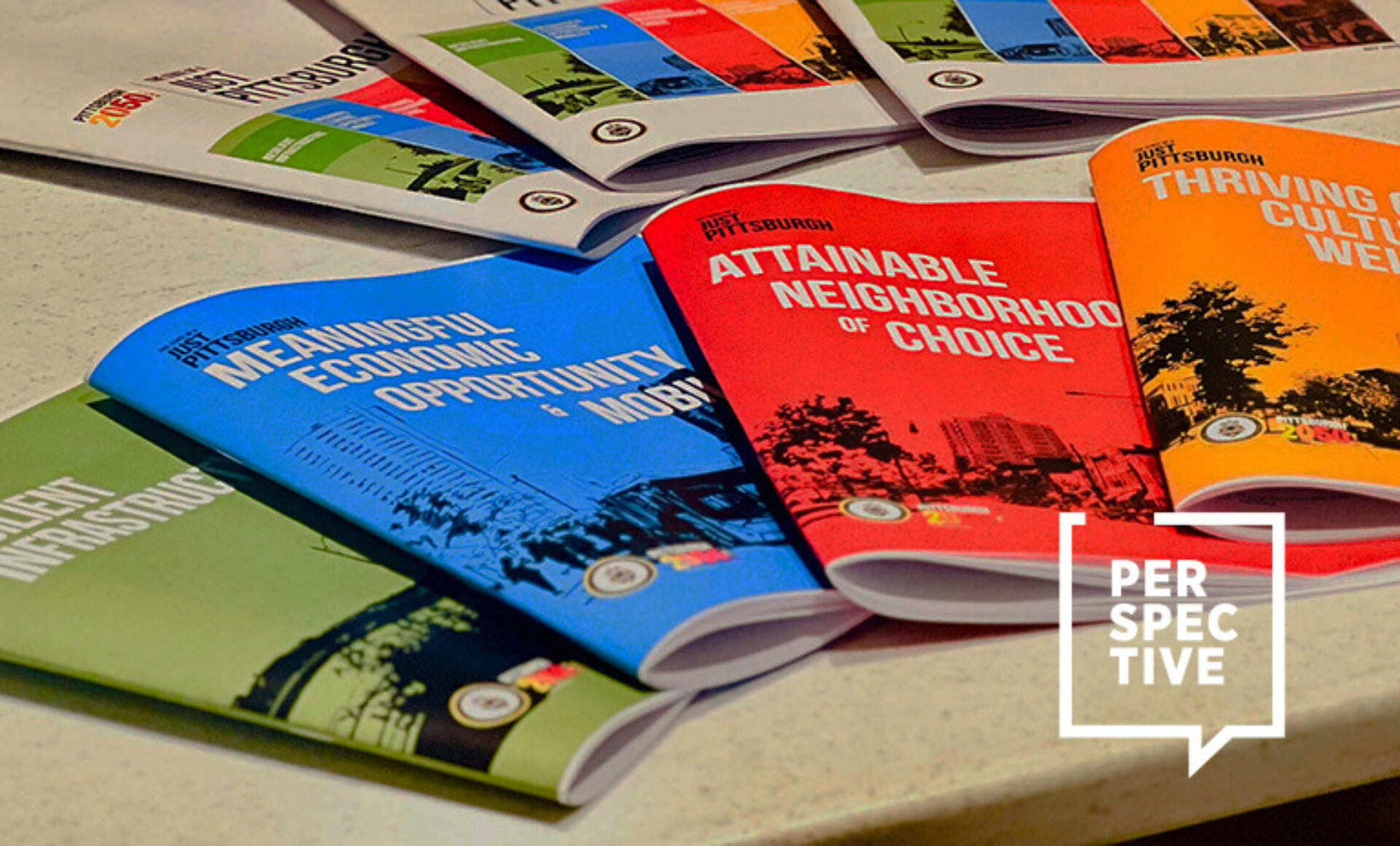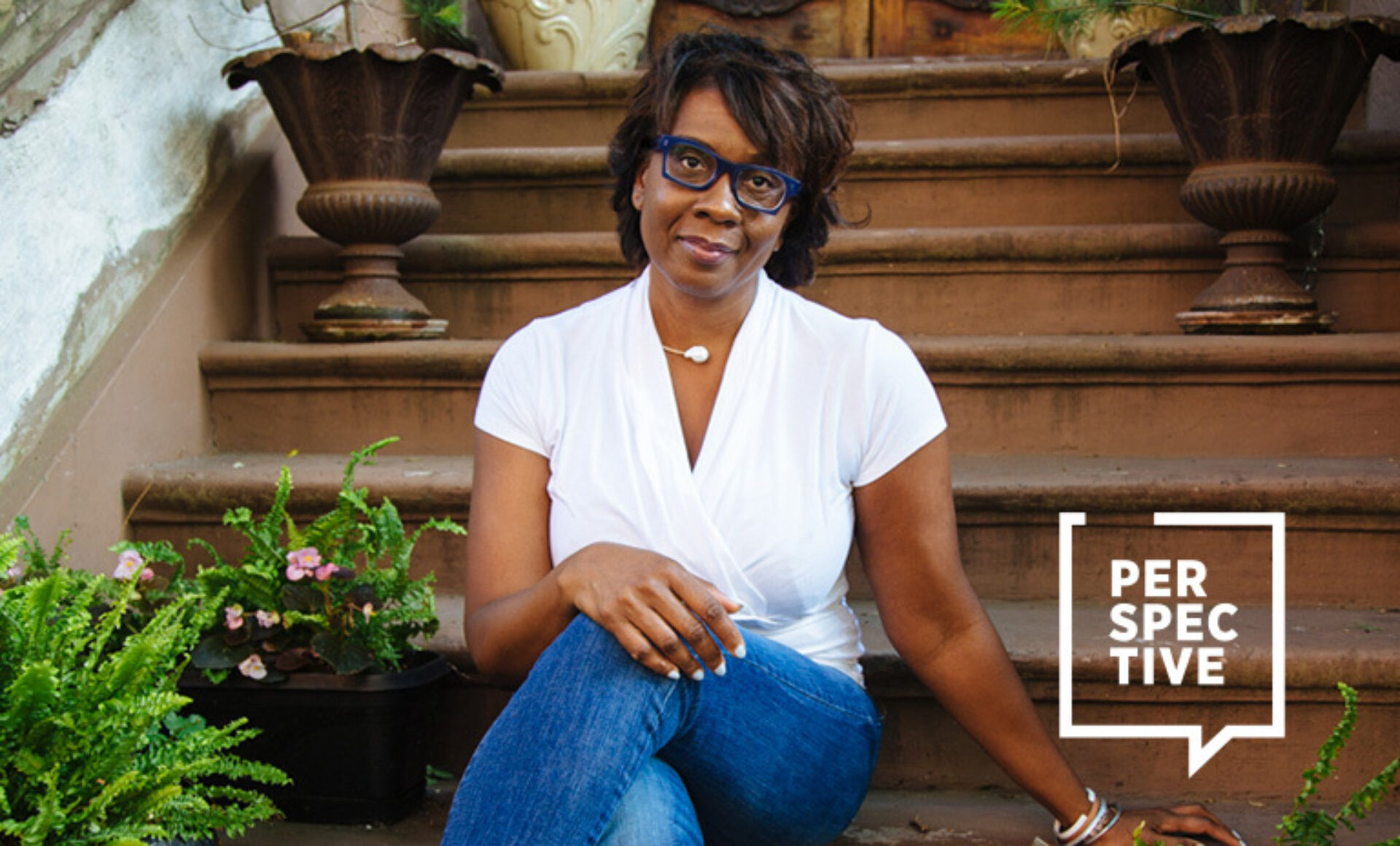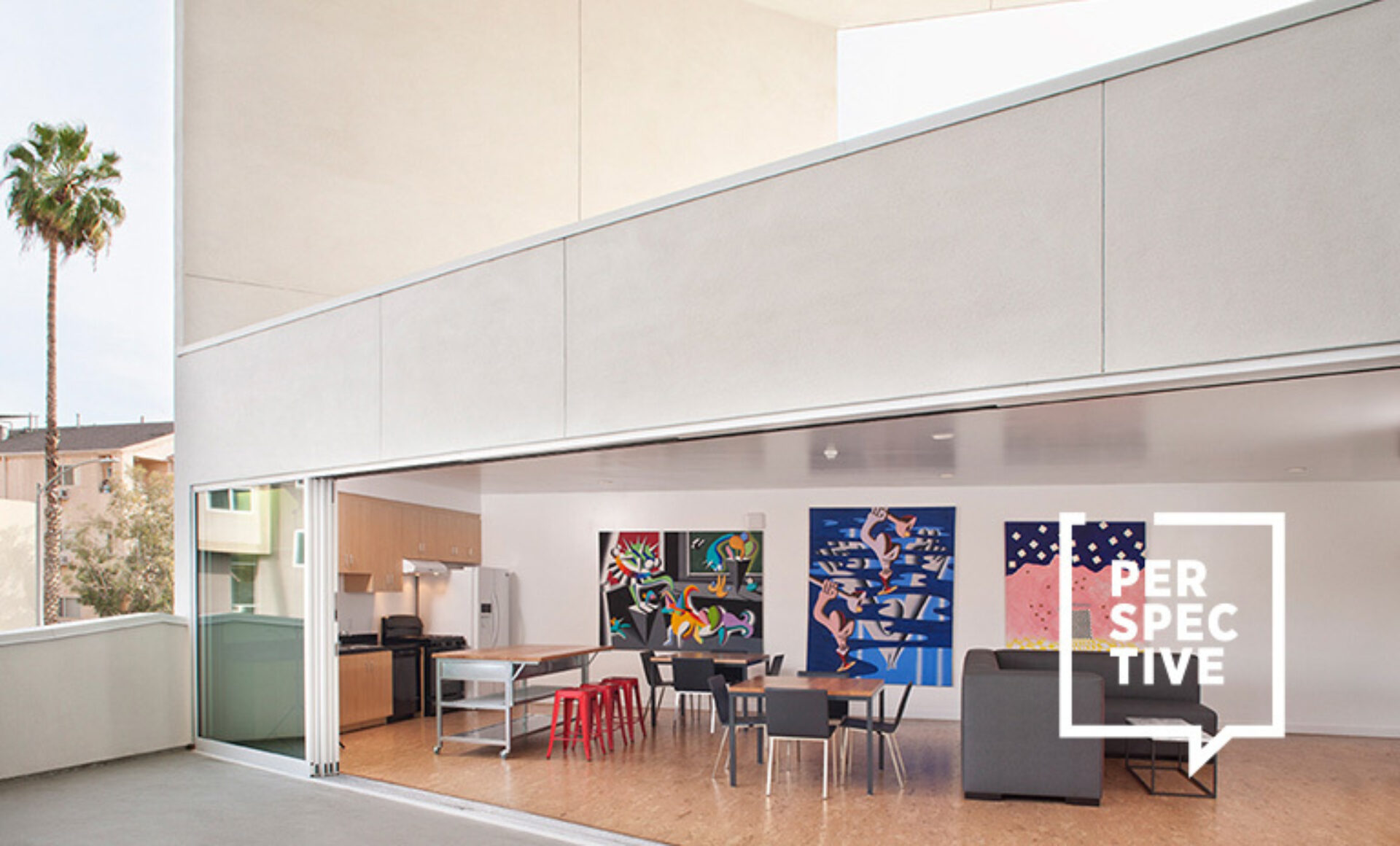Faye Toogood has built a reputation as one of Britain’s most boundary-pushing designers, seamlessly crossing between disciplines like sculpture, furniture, fashion, and interiors. At her London studio, a diverse team of architects, sculptors, furniture makers, and illustrators—whom Toogood affectionately refers to as “Misfits”—collaborate in an atmosphere of creative experimentation. “We thrive on individuality and the unconventional,” she says, excited by the cross-pollination of ideas that often leads to wonderfully unexpected outcomes.
With a background in art history and an influential stint as editor at The World of Interiors, which she describes as her “informal design education,” Toogood has developed a distinctive design philosophy rooted in storytelling and craftsmanship. Her ability to fluidly bridge the worlds of fine art, design, and fashion results in work that consistently challenges design orthodoxy.
In an interview, Toogood delves into her multidisciplinary approach, how her outsider status has shaped her career, and the power of embracing individuality in design. A true standout? Her exciting collaboration with Poltrona Frau—think rugs, mirrors, accessories, and of course, furniture, including the ultra-cozy Squash chair, on view at the Haworth showroom during this year’s NeoCon. “I’m thinking of this collection as English Folk with Italian horsepower,” she says.
From your background in art history to your experience as editor at The World of Interiors, how has your trajectory shaped your approach to projects, especially in enriching the design narrative?
The lack of any formal design education has given me the freedom to approach design with a broader perspective, unencumbered by traditional constraints. While design as a discipline often looks forward, my background in fine arts and art history encourages me to look back, drawing inspiration and narrative from traditions, crafts, and various artistic movements.

Image courtesy of Poltrona Frau
My tenure at The World of Interiors gave me an informal design education. Each issue allowed me to delve into a different topic or concept in design. Shoots in different parts of the world, such as covering the Malian mud huts and Rajasthani palaces, gave me insight into design from different cultural lenses and a wide range of aesthetic grounding.
However, I eventually realized that the spaces I was styling were confined to the pages of a magazine, devoid of tangible, lived experiences. This epiphany drove me to involve people more directly in my work. My initial foray into interiors, especially within the retail sector, eventually evolved into designing more personal and permanent spaces. As I ventured further into interior design, I recognized a gap in the market for furniture pieces that could complement the spaces I envisioned, which led me to start designing my own.
Some brands build their business by specializing in one area. Your studio does the opposite, creating across mediums. How did you arrive at this business model? What are the advantages of this broad approach, and what remains consistent in your process across these varied contexts?
The decision to create across genres—whether interiors, furnishings, fine art, or fashion—was a natural progression rather than a deliberate business model. It stemmed from a desire to explore and express creativity in multiple forms. Without formal design education, I’ve had the creative liberty to bring unique ideas from one genre into another, fostering a cross-pollination of concepts that is both enriching and innovative.
Each project at my studio, regardless of its nature, informs and inspires others. Often a theme or core idea will find its way into different projects even though they vary by genre. Despite the varied contexts, a consistent thread runs through all our projects: meticulous attention to detail. Whether we’re crafting a piece of furniture, designing an interior, or creating a fashion collection, the process is rooted in a deep respect for craftsmanship and materiality.
I read that you call your studio team the “Misfits.” Tell me about that. What is the unique power of a group of misfits?
I call my studio team the “Misfits” because we thrive on individuality and the unconventional. We are a group of people who feel they couldn’t work anywhere else—some members of the team have experienced a more corporate culture and found they didn’t fit in. The unique power of a group of misfits lies in their ability to think differently and approach problems from fresh angles. We’re not constrained by traditional design paradigms or rigid disciplines. This fluidity fosters innovation and leads to unexpected, yet harmonious, outcomes. As Misfits, we value authenticity and personal expression. And we encourage each other to bring our true selves to the table, which creates a rich tapestry of ideas and influences.


Image courtesy of Poltrona Frau

In a British Vogue article from a couple years back, you said you had to spend time learning how to create and read a spreadsheet to run a business and be a self-employed artist. What other important business lessons, big or small, have you learned along the way?
I have learned to pick my clients carefully. If after initial meetings, I feel we are not connecting, then I have to turn the work opportunity down. It can feel frightening when you need to pay the wages at the end of the month, but I know if we are not connecting, we risk them blocking what we want to do, they will not get the best out of us, and the results will be disappointing and in the end, cost us dearly.
How do you balance creativity with commercial viability in your work, ensuring your avant-garde designs meet practical needs? Specifically, how do you balance the functional requirements of furniture with your desire to create pieces that also serve as works of art?
All my work is characterized by my passion for sculpture, materials, and craftsmanship. Working on limited-edition gallery pieces has afforded me the opportunity to work with materials that would ordinarily be prohibitive on a mass-produced scale. These handcrafted, limited-edition pieces allow industrial, product, or furniture designers—much like fashion designers working in the world of couture—to be experimental, radical, and free from commercial shackles.
I believe creating something that questions our notions of function is very important to the history of design. Somehow, in art and fashion, there is an acceptance of this—but for industrial, product, and furniture designers, it has almost been frowned upon to work in this way. The design world needs limited editions to question, move things on, explore new technologies, and even rediscover old methods of working. My unlimited furniture collections are more bound by commercial considerations but retain the integrity of my founding principles: sculptural forms, an exploration of high-quality materials, and working with the best small-scale manufacturers.
Your collaboration with Poltrona Frau sure made an impression, having us all eagerly anticipating curling up on the Squash chair—which we did at this year’s NeoCon! Can you talk about the creative process behind this partnership and how your design philosophies were integrated, particularly since this marked your first upholstered piece?
Our collaboration began with a trip to the Poltrona Frau factory and archive in Italy. I discovered, and really connected with, pieces they had created in the 1970s—super bold, surprising shapes. When I started showing Poltrona Frau images of early English folk pieces, we found there were shapes that mirrored those in their archive in Italy.

The Squash chair is the heroine piece of the collection. My goal was to create something sculptural but also soft. Supple lines and relaxed upholstery subvert stuffy ideas of formal furniture. I wanted to celebrate Poltrona Frau’s expert leather craft while proposing a different way of thinking about how the material could be used. Rather than being perfectly taut, the leather of the Squash chair is wrinkled, giving it movement and malleability. The pieces embrace you—there’s nothing rigid about them.

Image courtesy of Poltrona Frau

Image courtesy of Poltrona Frau
In addition to the armchair, I designed accessories for the collection because I wanted to create a world, instead of just standalone pieces. I wanted to bring some of my own heritage into the collaboration, which is why you’ll find nods to English folk art throughout. The collection features rugs woven in chessboard patterns, inspired by motifs from old English patchwork chairs. The idea to create leather mirrors was my personal response to early English leather folk work. The trio of leather-upholstered mirrors echoes the organic lines of the armchair. Smooth, hard glass is cushioned in tactile, curving frames. The largest mirror in the collection is full-length, which can be either freestanding or wall mounted, while the smallest is a compact that fits in your pocket.
To create the collection, we worked in our usual Toogood way, making miniature maquettes. We found the forms in clay and canvas, and then covered them in vivid red paint. I think Poltrona Frau appreciated our hands-on, human approach to furniture design.

Image courtesy of Poltrona Frau

Image courtesy of Poltrona Frau
You have described yourself as an outsider whose work defies categorization. How has this perspective influenced your approach to design, and what advice would you offer to younger generations who may also feel like outsiders in their respective fields?
Never having formally trained in design, I feel free to think independently and not adhere to a formula or feel bounded by disciplines. The thought that I could not design or make what I wanted simply because it wasn’t my “area” is far too limiting. I look past boundaries of disciplines and create wherever it fits, aiming for the best possible design outcome.
A few words of advice to younger generations who may also feel like outsiders in their respective fields: Your distinct perspective is a powerful asset, so let it guide your creative journey. Don’t be afraid to cross boundaries. Trust your vision, remain curious, and always be willing to experiment and explore the unknown—it can lead to groundbreaking work.
Visit the table of contents for more Perspective: Business of Design.
